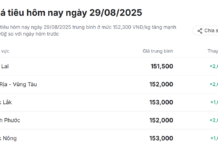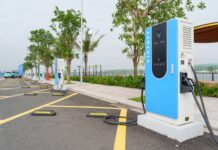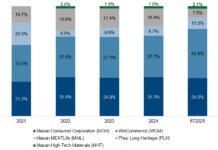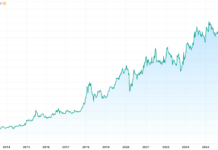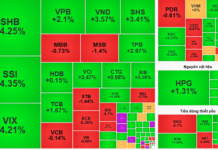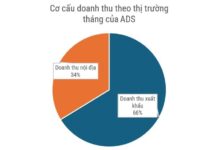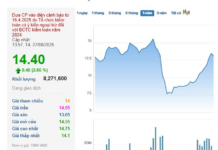Techcombank’s growth in total assets is projected to reach an impressive $41 billion in 2024. How did the bank achieve this milestone, especially considering the challenges faced in 2023 across both assets and liabilities?
Like you mentioned, 2023 was a challenging year. However, if we look at our business results for the year, we can see a strong turnaround, thanks to the robustness of our business model and our ability to predict and promptly adjust to market developments.
Techcombank’s portfolio saw steady growth throughout 2023, with the bank’s total profitable assets increasing by 23 per cent over the year.
In the first half of the year, credit growth mainly came from corporate customers, then gradually shifted to the retail segment. This trend was consistent with the recovery of the retail real estate market as the year went on.
While this was an impressive result, our financial goals are more comprehensive than just the size of our balance sheet, and we were pleased to see upwards momentum in most performance metrics.
This enabled us to achieve strong profitability and maintain our leading position in terms of average return on assets (ROA) in the entire market over the past five years.
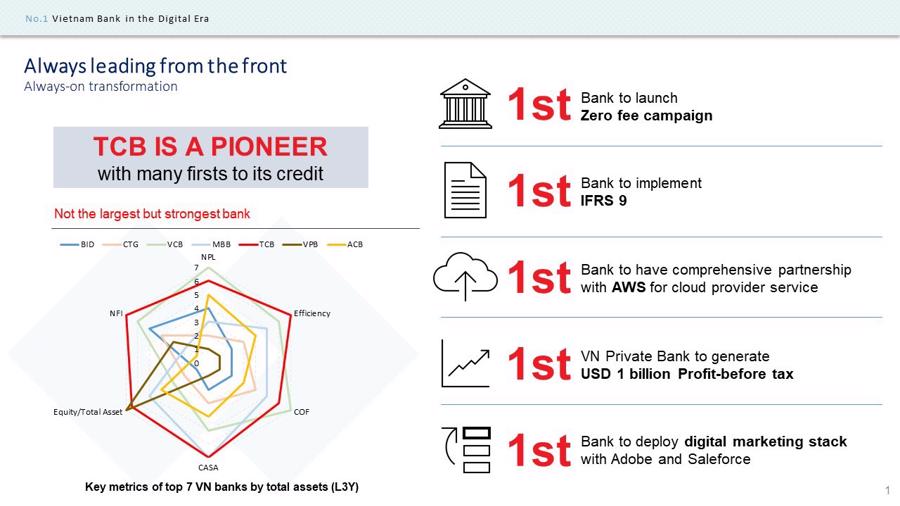
Regarding revenue, we saw robust growth from service fees. Fee income is one of Techcombank’s top priorities because it helps us diversify revenue as well as improve capital efficiency.
Our strong financial performance, despite the economic headwinds, is one of the reasons why Techcombank was named “Best Bank in Vietnam 2023” by the US-based financial publication Global Finance.
This award takes into account criteria such as financial and operational performance, customer offerings and experiences, technological innovation, and environmental and social impact.
A number of observers, both in Vietnam and overseas, see Techcombank as one of the leading banks in its market.
Techcombank is witnessing a transition from corporate loans to consumer loans. Will this be a key direction for the bank going forward?
Our long-term strategy is indeed to shift towards retail customer lending to help further diversify our credit exposure, enhance our risk profile, and improve our capital efficiency.
In 2023 we saw stronger demand for corporate lending activities compared to retail, and this slowed our credit diversification. However, within our corporate credit book, non-real estate lending grew over 60 per cent in 2023 compared to 2022 and we began to see a recovery in retail lending from the second half of 2023.

Techcombank applies a value chain approach to its lending activities.
For example, in the real estate sector, it provides loans to investors to develop residential projects.
When projects are implemented, credit will flow to construction contractors, material suppliers, and finally to home buyers.
Thus, cash flow circulates in our ecosystem and risks are spread across a diverse customer base in the value chain. This is how we mitigate credit risk and shift our exposure from corporate to retail customers, thereby diversifying the bank’s loan portfolio.
Our value-chain approach has established Techcombank as a leader in this successful model, in addition to helping us acquire a valuable retail customer base over the years.
You mentioned the utilization of the value chain model to broaden the retail sector, mirroring the success seen earlier with the real estate chain financing. Could you elaborate on this?
The creation of deep, strong partnerships and high professional expertise in funding value chains for high-profile projects in Vietnam is a key strength and an “invaluable asset” that Techcombank has accumulated over decades.
The bank is now looking to replicate the same approach in other sectors, beyond real estate and construction. This includes industries such as fast-moving consumer goods (FMCG), utilities, automotive, finance, insurance, travel, and entertainment.
We’ll start by crafting business models with key partners, gradually expanding to contractors, network suppliers, and ultimately consumers.
A good example of this strategy is the “WinLife” partnership with Masan, where Techcombank’s innovative payment solutions and superior reward schemes are made available through more than 3,600 Winmart convenience stores around the country.
In each sector, the objective is to leverage the bank’s unique relationship with one or more “anchor” customers, and from there, develop a comprehensive set of transaction, credit, and investment solutions catering to the needs of the various actors in the value chain, starting from suppliers all the way down to final consumers.
Being able to deploy this deep value-chain expertise in order to access the best customers is an important differentiating value in the market. It has helped Techcombank achieve near zero credit defaults in its wholesale banking division, and build an unparalleled franchise in the high net-worth and affluent segments, establishing banking relationships with more than 50 per cent of customers in those segments.
It creates a trust-based partnership between the bank and all the actors in the value chain, reducing risk and creating opportunities for all participants.
Techcombank’s current and savings account (CASA) ratio rebounded significantly in 2023, nearing 40 per cent. However, that’s still quite a distance from the 55 per cent target set for the 2021-2025 transformation journey. What are your thoughts on this?
Our goal this year is to continue to grow our CASA balance and sustainably increase our CASA ratio, building on the strong momentum that we saw in the latter half of 2023.
One of Techcombank’s key strategic objectives is to lead in the CASA ratio, and we remain focused on achieving a 55 per cent CASA ratio by 2025. With an abundant and stable CASA base, Techcombank has emerged as one of the industry leaders in profit margins.
A significant CASA volume not only lowers our cost of capital but also enables us to offer competitive loan rates. In addition, our success in the transformation journey over the past four years stems from our ability to compete with Vietnam’s State-owned banks in terms of pricing and interest rate policies.
Achieving a high CASA ratio is therefore integral to realizing our cost-effective capital strategies and driving business growth.
Could you elaborate on the bank’s plans to “close the gap” in its targeted CASA ratio in 2024?
Based on experience, banks’ CASA balances typically experience a slight decline in the early months of a year, reflecting the consumption and investment patterns of both individuals and businesses as they enter a new business cycle. However, CASA growth typically resumes in subsequent quarters.
Several factors should help us get closer to our long-term CASA target in 2024. The first is the continuous progress we are making in our payment and transaction services.
Techcombank is one of the leaders in credit cards in Vietnam, with more than 20 per cent market share on all Visa payments. Our digital transaction volumes increased by 57 per cent in 2023.
We have also made significant strides forward with our corporate payment solutions, including reverse factoring, dynamic discounting, and distributor financing. As a result, the CASA balances from our corporate customers increased by 59 per cent in 2023, accounting for over 40 per cent of our total CASA base.
Our payment leadership therefore provides the foundation for our CASA momentum.
A second important driver is the strength of our wealth franchise. Techcombank is one the leaders in the bond and equity markets, and as our customers become more pro-risk and return to these products, they need to keep higher CASA balances to fund their investments, which benefits the bank.
Last but not least, in January, Techcombank spearheaded innovation in the banking industry with the launch of a new breakthrough product called Auto Earning.
This is designed to help customers optimize their idle cash and earn attractive interest rates. The key differentiators of Auto Earning are convenience and time-saving benefits, as it is readily available on the Techcom


